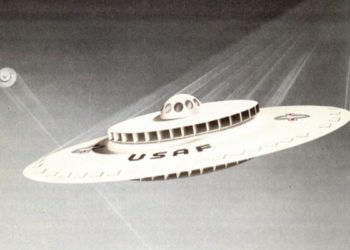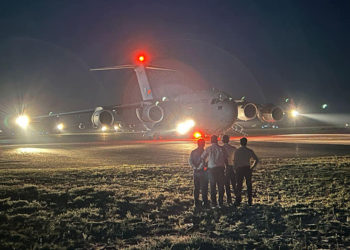Meet the American Pilot the Soviets Absolutely Loved
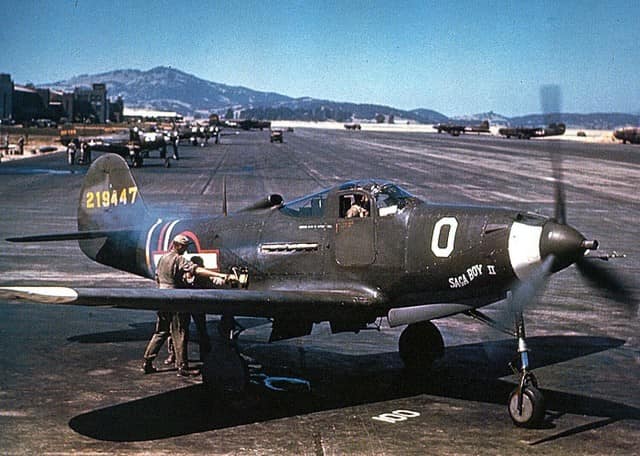
The Unique Design of the Bell P-39 Airacobra
First taking flight in 1938, the Bell P-39 Airacobra was a rather interesting aircraft. Initially designed as a high-altitude “Interceptor,” the Airacobra was powered by a single V-12 liquid-cooled piston engine, which was mounted in the middle of the aircraft. An engine that was connected to a three-bladed propeller via a shaft that ran under the cockpit, giving the aircraft its rather interesting profile.
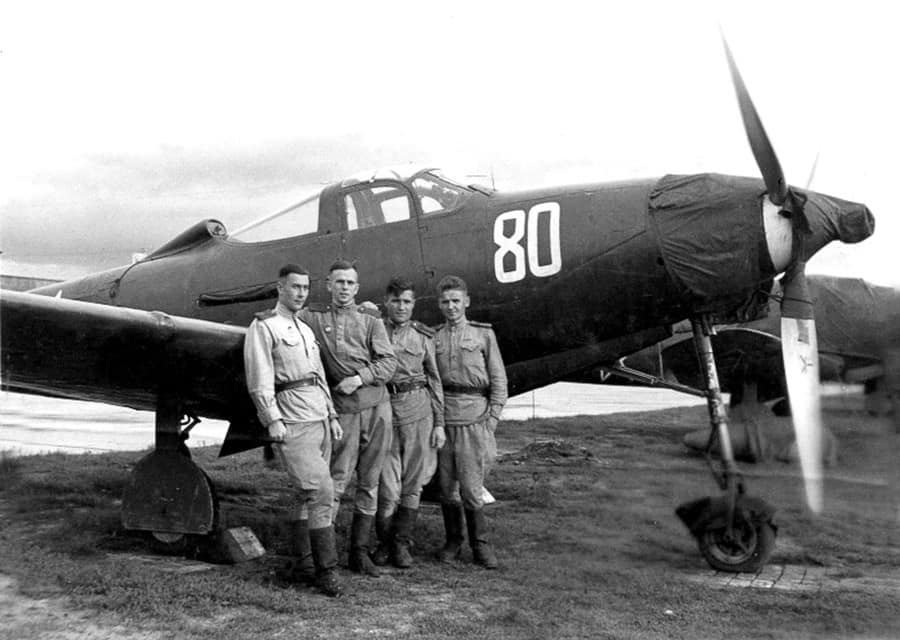
This design choice was made because the designers wanted to mount a single 37 mm M4 cannon in the nose of the aircraft and it was the only way it would fit. Add to the fact that the aircraft was also armed with 4 x .50 cal machine guns, and it is clear to see that the Airacobra was meant to ruin the day of any aircraft it came up against.
Performance and Role in the U.S. Army Air Corps
Unfortunately, testing proved that the Airacobra did not perform particularly well at high altitudes and even after many improvements, the aircraft found itself being used mainly as a ground attack aircraft for the U.S. Army Air Corps. But this is not to say that the aircraft was a failure, as the P-39 performed very well in this role and could still hold its own in a dogfight.
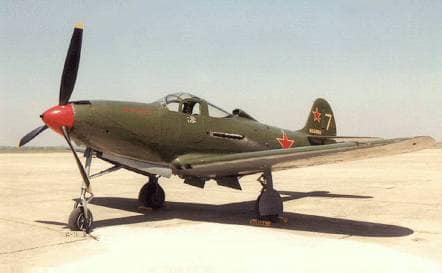
The Soviet Air Force’s Affection for the Airacobra
But if there was anyone who loved the Airacobra, it was the pilots of the Soviet Air Force. Over 4,000 aircraft were sent to the USSR under lend-lease, and Soviet pilots fell in love with them. The aircraft was not only comfortable and easy to fly, but also could more than hold its own against German aircraft like the BF-109 and Focke-Wulf Fw 190. This was because Soviet pilots would engage their German counterparts at lower altitudes and some of the highest-ranked aces in the Soviet Air Force scored most of their kills in the P-39.
So successful were the Airacobras in Soviet service, that the aircraft continued to serve until 1949. ~NC






